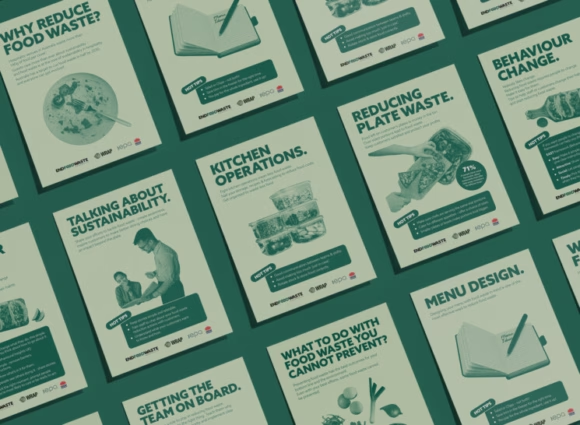The Australian foodservice industry has reached a wholesale market value of $33 billion, up from $20 billion in 2019, according to the latest State of Play Foodservice Report released by the Australian Foodservice Advocacy Board (AFAB).
Speaking at the report’s breakfast launch, AFAB Chair and Food Industry Foresight Managing Director Sissel Rosengren described the Australian foodservice market as “…just about the most unique foodservice market and exciting foodservice market in the world.”
Market recovery and shifting structure
The industry now operates 88,400 outlets across the commercial and institutional sectors, having recovered from fewer than 80,000 outlets following the COVID-19 pandemic. Rosengren noted this represents a return to “closer to 90,000” outlets, which the industry had previously maintained.
Consumer spending patterns show Australians are dedicating close to 40% of their total food expenditure to out-of-home dining. Of the $260 billion total consumer food market, $100 billion is spent in the foodservice sector. Rosengren described Australia’s propensity to eat out as “…among the highest in the Western world.”
The market regained its 2019 levels in 2024, though the increase from $20 billion to $33 billion was driven by “…very strong inflation in the years just after the pandemic.”
Performance metrics
Between 2023 and 2024, the industry recorded volume growth of 13% and value growth of 9%. Rosengren explained this meant “…inflation was getting under control, so you had a much stronger volume growth than you had value growth.”
Looking ahead, AFAB forecasts 3.1% growth in constant prices over the next 12 months. The commercial sector is expected to drive this growth with 3.5%, while the institutional sector is projected to show 1.4%, which Rosengren characterised as “…back to normal growth.”
Workforce and operational challenges
The report highlights significant changes in employee expectations. “Salary is no longer the main driver,” Rosengren stated, noting that employees are “…looking for roles and companies which are more flexible and better support their quality of life.” She described this as part of a “generational shift” and noted there are “…still many key skill shortages in the foodservice market.”
Food waste remains a critical industry concern, with 7.6 million tonnes of food wasted annually in Australia. Rosengren emphasised this creates problems “…not only for the purpose of sustainability and social implications, but equally for the increased operational costs that these inefficiencies of this food waste are actually costing businesses.”
While consumer spending has increased, “…operational costs are still high across the whole value chain” and “…insolvency rates in hospitality are up.” However, Rosengren noted the market is stabilising.
Culinary diversity and trends
The report documents Australia’s exceptional culinary diversity, with the restaurant channel serving “…50 different cuisines nationally.” Rosengren attributed this to Australia’s unique position, where “…we have all this plethora of different cuisines and eating options, but all these different cuisines we all call our own.”
She contrasted this with other markets: “You go to Thailand, you go anywhere else, and they do have a national cuisine. And in Thailand, any other cuisine is foreign, whether that’s Asian or Western.”
Current menu trends show “…a certain return to street food, to the street food culture served in outlets,” though not food trucks, but rather “…going back to original recipes, which have for a long time been served in the street.”
Industry outlook
Based on daily operator feedback collected “five days, 11 months of the year,” Rosengren reported that the consistent message from foodservice operators is: “We’re going along quite nicely. Thank you.”
She concluded that “the outlook for the Australian foodservice market is very positive,” emphasising the industry’s return to steady growth patterns similar to pre-pandemic levels.







